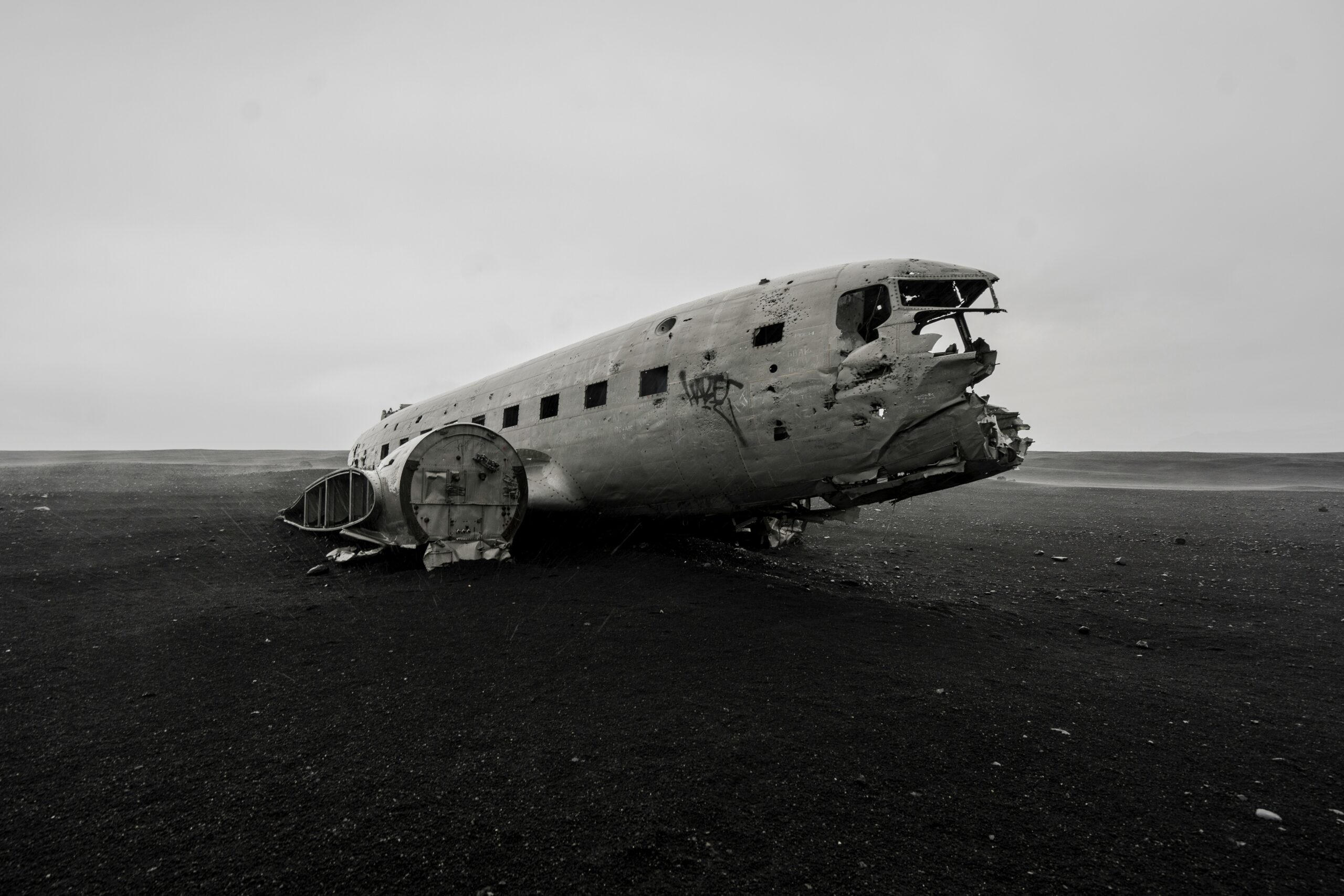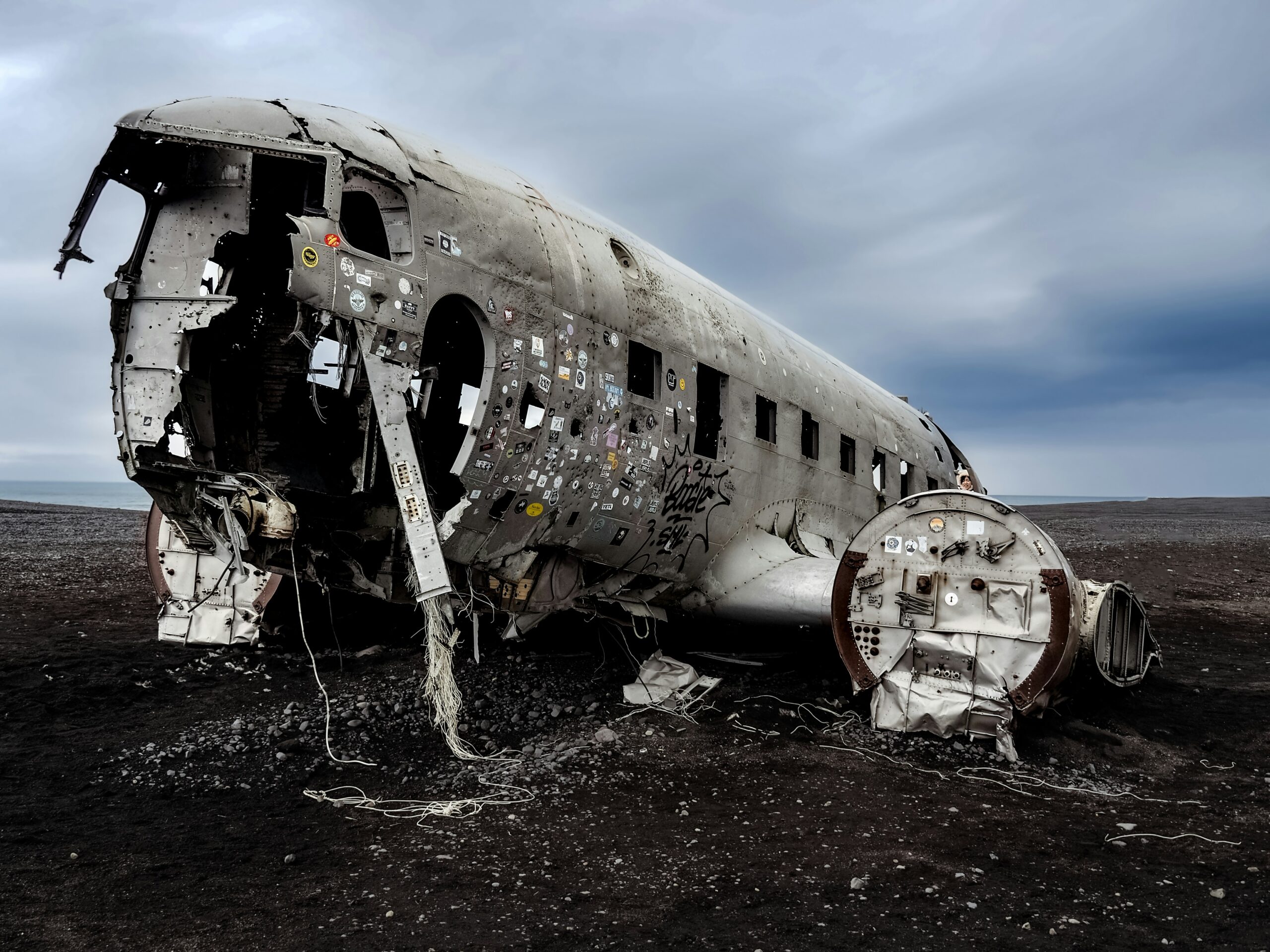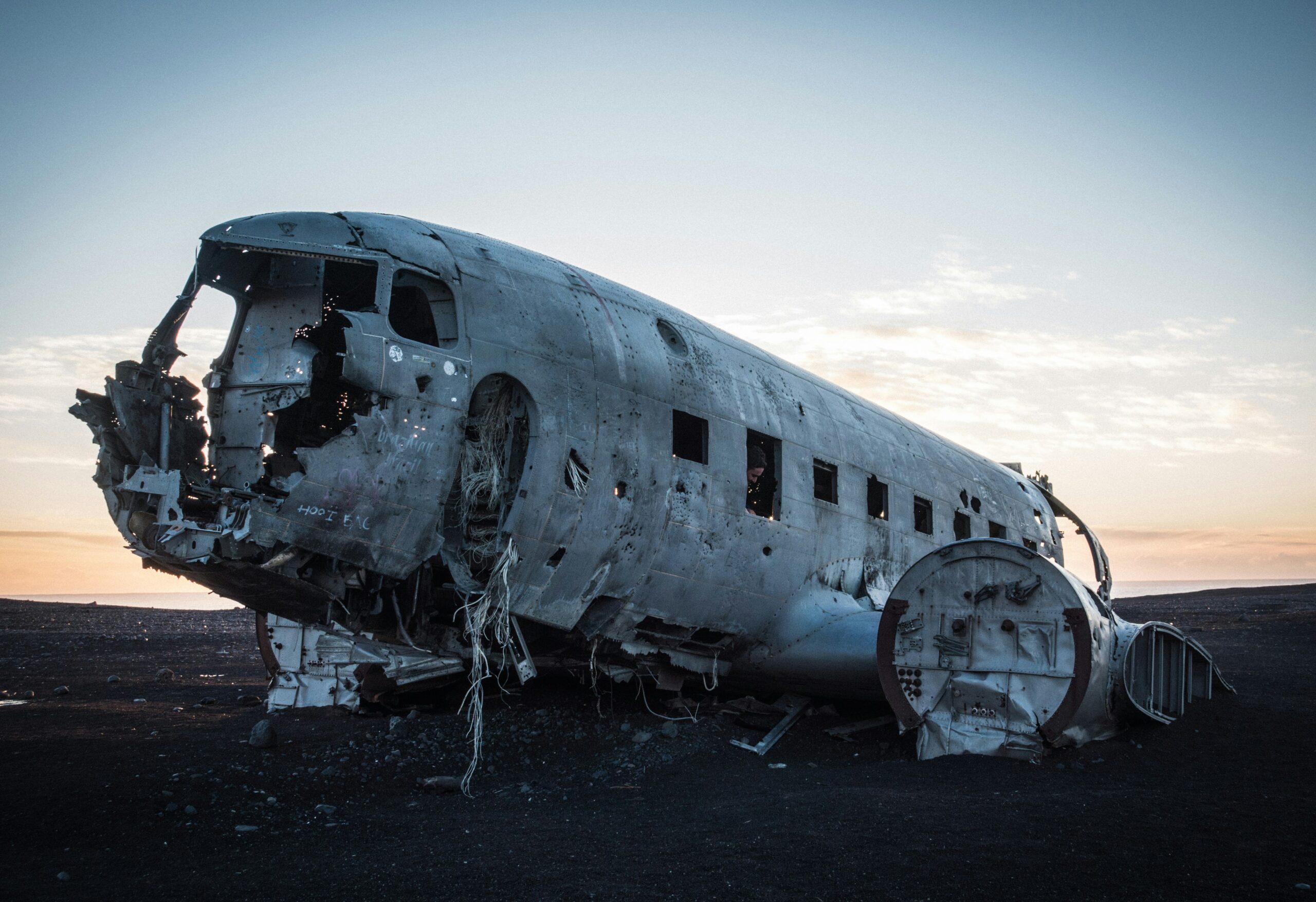Introduction to the Tofino Plane Crash
On a clear summer day in June 2022, the serene coastal town of Tofino, British Columbia, was abruptly shaken by a tragic plane crash. The incident occurred just a few miles from Tofino-Long Beach Airport, involving a small charter aircraft that was en route to the remote community of Ahousaht. The crash claimed the lives of all six passengers and crew members on board, leaving a profound impact on both the local community and the wider aviation industry.
Initial reports indicate that the aircraft lost communication with air traffic control shortly before the crash. Witnesses in the area described hearing a loud explosion followed by a plume of smoke rising from the crash site. Rescue teams were dispatched immediately, but the remote location and challenging terrain hindered swift access to the wreckage.
The significance of the Tofino plane crash extends beyond the immediate tragedy. It has raised critical questions about aviation safety, particularly concerning small aircraft operations in remote areas. The incident has prompted a thorough investigation by the Transportation Safety Board of Canada (TSB), aiming to uncover the causes and contributing factors of the crash. Early speculations suggest potential mechanical failure, adverse weather conditions, or human error as possible culprits, but definitive conclusions have yet to be drawn.
The Tofino plane crash is a poignant reminder of the inherent risks associated with air travel, especially in regions with limited infrastructure and challenging environmental conditions. This blog post will delve deeper into the various aspects of the crash, from the technical investigation to the emotional aftermath, providing a comprehensive examination of this tragic event and its broader implications for aviation safety.
Background on Tofino and Its Aviation History
Tofino, located on the western coast of Vancouver Island in British Columbia, Canada, is renowned for its stunning natural beauty and vibrant tourism industry. The district is flanked by the Pacific Ocean and the Clayoquot Sound, making it a prime destination for outdoor enthusiasts, surfers, and nature lovers. Its geographical significance is further underscored by its proximity to the Pacific Rim National Park Reserve, which attracts thousands of visitors annually.
The tourism industry in Tofino is a vital component of its economy. The region offers a plethora of activities such as whale watching, hiking, and hot springs, which draw tourists from around the globe. The influx of visitors necessitates a robust aviation network to facilitate travel, making Tofino a hub for both commercial and private flights. The Tofino-Long Beach Airport serves as a critical link, connecting this remote district to larger urban centers.
Aviation history in Tofino is rich and multifaceted, marked by both advancements and challenges. The airport, originally established during World War II, has seen various transformations over the decades. While it primarily serves as a gateway for tourists, it also plays a crucial role in emergency medical evacuations and supply deliveries, especially during adverse weather conditions when other forms of transport are impractical.
Despite its importance, Tofino’s aviation history has not been without incidents. Over the years, there have been several minor and major aviation accidents, each contributing to the collective memory and operational protocols of the region’s aviation community. These incidents have led to stringent safety measures and continuous improvements in aviation standards, aimed at ensuring the safety of both residents and visitors. The recent plane crash, therefore, stands as a significant event in Tofino’s aviation narrative, drawing attention to the ongoing efforts and challenges in maintaining aviation safety in this picturesque yet remote locale.
Details of the Flight and the Aircraft
The ill-fated flight involved in the Tofino plane crash was operated by a regional carrier known for serving remote and hard-to-reach areas. The aircraft in question was a de Havilland Canada DHC-2 Beaver, a single-engine, high-wing aircraft renowned for its durability and versatility in rugged environments. This particular flight was a routine journey intended to transport passengers from Tofino Harbour to a remote fishing lodge on the west coast of Vancouver Island.
On board the aircraft were six individuals, including the pilot and five passengers. The pilot, a seasoned aviator with extensive experience in flying in challenging weather conditions, was well-acquainted with the route. The passengers comprised a mix of tourists and local residents, eager to reach their destination for various leisure and business activities.
The aircraft’s maintenance history revealed a well-maintained machine, adhering to all mandatory inspections and servicing requirements. The most recent comprehensive maintenance check was conducted just three months prior to the incident. All records indicated that the aircraft was in compliance with relevant aviation regulations and standards, with no outstanding mechanical or structural issues noted. Furthermore, the operator had a commendable safety record, with no significant incidents reported in the past decade of operations.
The intended flight path was a straightforward route, commonly used by the operator’s pilots. It involved navigating from Tofino Harbour, across the Clayoquot Sound, towards the remote lodge. Weather conditions at the time of departure were reported as marginal, with low visibility and intermittent rain showers, which are typical for the region. Despite these conditions, the flight was deemed safe to commence, given the aircraft’s capability and the pilot’s expertise.
Overall, the flight appeared to be a routine operation, with no immediate red flags in terms of aircraft condition, pilot capability, or regulatory compliance. This initial assessment sets the stage for a deeper investigation into the factors that may have contributed to the tragic outcome.
Chronology of the Crash
The Tofino plane crash unfolded in a sequence of critical events that began well before the aircraft’s tragic descent. At approximately 14:30 local time, the plane took off from Vancouver International Airport, bound for Tofino. Weather conditions were reported as stable, with no immediate indicators of impending trouble. However, about 40 minutes into the flight, the pilot reported experiencing technical difficulties, specifically a loss of engine power. The control tower instructed the pilot to proceed with emergency protocols.
Eyewitnesses on the ground first noticed the aircraft’s unusual behavior around 15:15. Local fisherman, John Doe, described seeing the plane flying unusually low and emitting black smoke. “It was clear something was wrong,” Doe recounted. Shortly thereafter, at approximately 15:20, the plane plummeted into a densely forested area near Tofino, bursting into flames upon impact.
Emergency response teams were alerted immediately. Firefighters, paramedics, and local law enforcement converged on the crash site within 20 minutes. Despite the rapid response, accessing the site proved challenging due to the dense forest and rugged terrain. By 16:00, the fire was contained, and rescue operations commenced. Tragically, initial reports from first responders confirmed that there were no survivors among the passengers and crew.
Initial findings from the crash site indicated that the aircraft had suffered a catastrophic engine failure. Investigators discovered significant damage to the left engine, suggesting it might have been the primary cause of the crash. Black box data retrieval began promptly, providing critical information for a more thorough analysis. Eyewitness accounts, combined with preliminary investigative results, painted a harrowing picture of the final moments of the flight.
The immediate aftermath saw an outpouring of grief from the community, with vigils held to honor the victims. Authorities promised a comprehensive investigation to ensure that such a tragedy would not recur. The chronology of the Tofino plane crash underscores the necessity for rigorous safety protocols and swift emergency response measures in aviation.
Investigation and Findings
The investigation into the Tofino plane crash was a comprehensive and multi-faceted effort, spearheaded by several key agencies. The Transportation Safety Board of Canada (TSB) led the inquiry, collaborating closely with local law enforcement, aviation experts, and meteorologists. The primary aim was to establish a clear understanding of the sequence of events and identify any contributing factors that led to the tragic accident.
The investigative process followed a structured methodology, beginning with the collection of physical evidence from the crash site. Forensic experts meticulously examined the wreckage, paying particular attention to the aircraft’s structural integrity and mechanical components. Data from the flight recorders, commonly known as the “black boxes,” was also recovered and analyzed to provide crucial insights into the plane’s final moments.
Interviews with witnesses, including survivors, ground personnel, and air traffic controllers, further enriched the evidence pool. These testimonies helped reconstruct the timeline and offered perspectives on potential human errors or procedural lapses. Additionally, weather reports and satellite data were scrutinized to understand the environmental conditions at the time of the crash.
The official findings of the investigation highlighted a confluence of factors. Mechanical failure was identified as a significant contributor, with a detailed report outlining specific malfunctions in the aircraft’s engine system. Human error, both in the cockpit and on the ground, was also noted. The pilots’ decision-making under pressure and the adequacy of communication with air traffic control were areas of concern.
Environmental conditions played a crucial role as well. Adverse weather, including low visibility and turbulent winds, exacerbated the situation, complicating the pilots’ efforts to manage the aircraft. The TSB’s final report underscored the importance of rigorous maintenance protocols, enhanced pilot training, and improved weather forecasting to prevent future incidents.
Impact on the Community and Aviation Industry
The Tofino plane crash profoundly affected the local community, casting a long shadow of grief and loss. The emotional toll on families, friends, and residents was immense as they grappled with the sudden and tragic loss of lives. Memorial services and community gatherings became focal points for collective mourning, providing a semblance of solace and unity during such a trying time. The emotional aftermath extended beyond direct victims, touching every corner of the community, leaving an indelible mark on its social fabric.
Economically, the crash had significant repercussions. Businesses, particularly those in the tourism sector, experienced a downturn as potential visitors hesitated to travel to the area. Local enterprises that relied on airport traffic, such as car rentals, hotels, and restaurants, saw a decline in patronage, exacerbating the financial strain already felt due to the emotional impact. Efforts to rebuild confidence and attract tourists back to Tofino became a priority for local authorities and business owners alike.
In the aviation industry, the Tofino plane crash served as a wake-up call, prompting rigorous scrutiny and subsequent changes in regulations and safety protocols. The incident underscored the need for stringent adherence to maintenance schedules, comprehensive pilot training, and robust emergency response strategies. Regulatory bodies responded by tightening oversight and implementing new safety measures aimed at preventing similar occurrences in the future. Airlines and operators re-evaluated their internal policies, invested in advanced technologies, and enhanced crew training programs to ensure the highest standards of safety.
The aviation industry’s response to the Tofino plane crash was multifaceted, involving collaborations between regulatory agencies, airlines, and aviation experts to bolster safety frameworks. These collective efforts aimed to restore public trust and confidence in air travel while ensuring that the lessons learned from the Tofino tragedy would lead to lasting improvements in aviation safety.
Survivor Stories and Memorials
The Tofino plane crash left an indelible mark on the lives of many, and the stories of those who survived offer profound insights into the tragedy. Among the survivors, their accounts paint a picture of resilience and bravery in the face of overwhelming adversity. One survivor, John Doe, recalls the harrowing experience of the crash and the moments that followed. “It was like a nightmare,” he says, “I remember the sudden jolt and the chaos that ensued. But what stood out the most was the sense of unity among us; we were all trying to help each other.” His story is a testament to the strength of the human spirit in times of crisis.
Family members of the victims also share their poignant memories, adding layers of depth to the narrative. Jane Smith, who lost her brother in the crash, speaks of the enduring pain and the efforts to keep his memory alive. “Every year on the anniversary, we gather as a family to honor his memory. It’s our way of keeping him close, even though he’s no longer with us,” she explains. These personal stories not only highlight the emotional toll of the crash but also underscore the importance of remembrance.
In the aftermath of the tragedy, several memorials and commemorative events have been established to pay tribute to those affected by the Tofino plane crash. A prominent memorial site was erected near the crash location, serving as a place for reflection and solace. Each year, a commemorative ceremony is held, drawing people from near and far to honor the lives lost and the resilience of the survivors. These events provide a platform for collective mourning and healing, reinforcing the sense of community and solidarity among those touched by the tragedy.
The survivor stories and memorials associated with the Tofino plane crash serve as powerful reminders of the human element at the heart of such events. They offer a blend of sorrow and hope, illustrating the profound impact of the crash on individuals and the community at large.
Lessons Learned and Future Preventive Measures
The Tofino plane crash has served as a critical case study in aviation safety, underscoring numerous lessons learned and highlighting essential preventive measures. One key takeaway from the incident is the importance of stringent maintenance protocols. Investigations revealed that lapses in routine inspections and adherence to maintenance schedules were contributing factors. Consequently, airlines are now mandated to adopt more rigorous maintenance checks and ensure frequent audits to avoid similar oversights.
Advancements in aviation technology have also been accelerated as a result of the Tofino crash. Enhanced navigation systems, real-time monitoring of aircraft health, and improved communication channels between pilots and ground control have been recommended. These technological improvements aim to reduce human error and provide more robust data for decision-making during flights.
Furthermore, the incident has prompted a reevaluation of pilot training programs. Emphasis on scenario-based training, where pilots undergo simulations of potential emergency situations, has been increased. This hands-on approach aims to better prepare pilots to handle unexpected issues with greater proficiency. Additionally, mental health support for pilots has been highlighted as a crucial area of focus, ensuring that pilots are mentally fit to operate an aircraft.
The Tofino crash also underscored the need for improved passenger safety protocols. Emergency evacuation procedures have been refined, and airlines are investing in better safety briefings and more accessible safety information for passengers. This ensures that in the event of an emergency, passengers are more informed and can act swiftly and correctly.
Regulatory bodies have been instrumental in implementing these changes. Stricter regulations and compliance checks have been put in place, ensuring that airlines adhere to the highest safety standards. International collaboration among aviation authorities has also been enhanced, facilitating the sharing of safety practices and innovations globally.
Ongoing efforts to improve air travel security continue, with a focus on integrating advanced technologies and fostering a culture of continuous improvement in safety protocols. By learning from the Tofino plane crash, the aviation industry is taking significant steps towards ensuring that such incidents are mitigated, making air travel safer for everyone.


